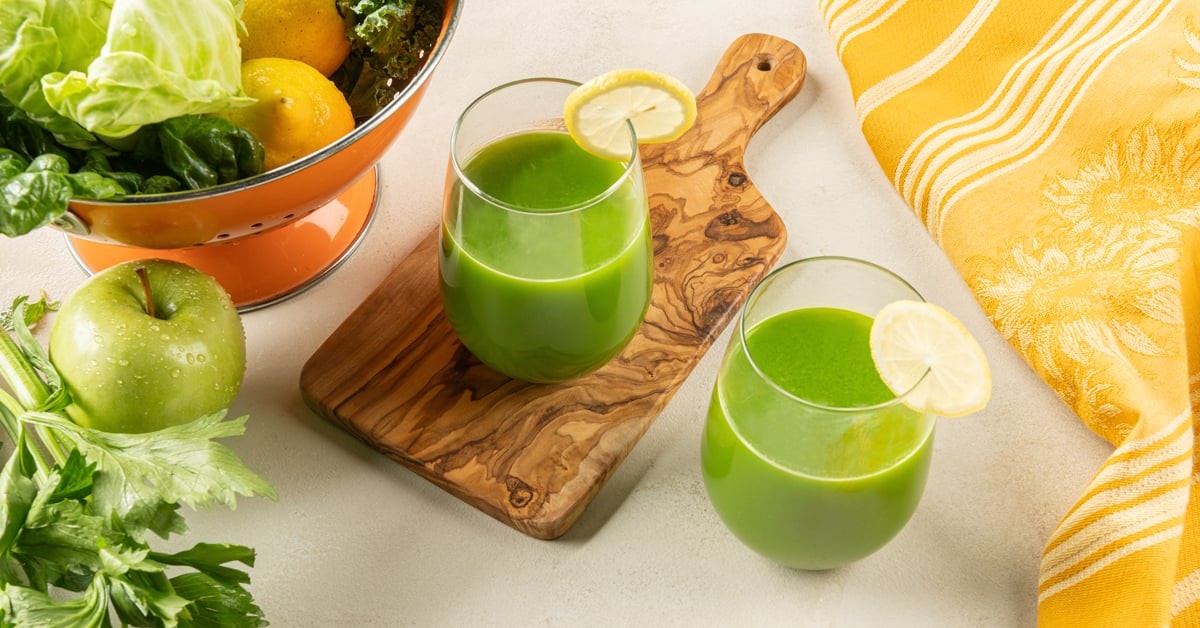
Does Cranberry Juice Need to be Refrigerated?
Once a bottle or container of cranberry juice has been opened, it should be stored in the refrigerator as this will limit the growth of bacteria and help keep the juice from going bad. Cranberry juice is generally more shelf-stable than other juices, like fresh-squeezed orange juice, because of its acidity and built-in preservatives. Nonetheless, it is essential to store it properly to keep it fresh and safe, and it should be consumed within 7 to 10 days. It's important to take note that certain types of cranberry juice may include extra sugars or other elements that can modify its longevity and need different storage directions, so it's essential to read the label and stick to the producer's advice. Freshly made juices (including cold-pressed juices) need to be refrigerated because they don’t go through the pasteurization process. Pasteurization requires heating the juice to high temperatures to kill bacteria, which can also weaken the beneficial nutrients and enzymes While the cold-pressing process helps to preserve the nutrients and flavors of the cranberries, it does not make the juice completely shelf-stable. Therefore, it is best to store it in the refrigerator at a temperature between 33°F and 40°F (0.6°C and 4.4°C) to prevent bacterial growth and maintain its flavor and nutritional value. How Long Does Cranberry Juice Last? Store bought cranberry juice that's been consistently refrigerated will last 2 to 3 weeks after opening. You can preserve cranberry juice by freezing it if you need to keep it longer than 2 to 3 weeks. If refrigerated, cold-pressed cranberry juice will last 4 to 5 days before going bad. You can preserve your cold-pressed juice by freezing it if you need to keep it longer than 4 to 5 days. However, make sure to let it thaw out completely before consuming it to prevent a diluted flavor, as the water melts at a faster rate than the vitamins.
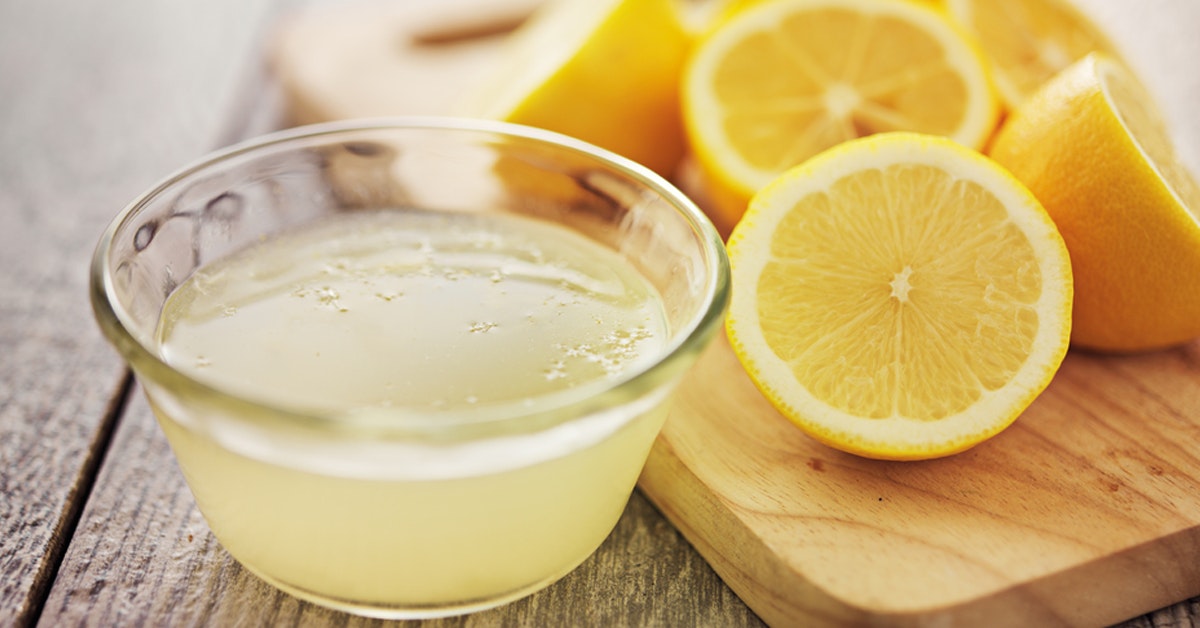
Does Lemon Juice Need to be Refrigerated?
Most grocery stores suggest that unopened containers of lemon juice can be left at room temperature, yet it is best to store them in a cool, dry spot away from direct sunlight to preserve the taste and freshness and extend its shelf life. Once a lemon is cut, the juice inside the lemon starts to oxidize, which can affect its taste and quality. On the other hand, freshly squeezed lemon juice can last longer than some other juices because it has a lower pH, which makes it more acidic. The acidity of lemon juice helps to inhibit the growth of bacteria, which can cause spoilage. However, the shelf life of freshly squeezed lemon juice can still be relatively short, and it may start to spoil after a few days if it is not stored properly. Therefore, when a lemon juice container is opened, it is recommended to put it in the refrigerator due to the fact that air and warmth can cause bacteria, yeasts, and molds to grow, compromising the quality of the drink and potentially causing food poisoning. It's worth noting that some manufacturers may recommend refrigerating even unopened lemon juice to extend its shelf life and maintain its quality. Freshly made juices (including cold-pressed juices) need to be refrigerated in airtight containers or glass bottles (or jars) because they don’t go through the pasteurization process. Pasteurization requires heating the juice to high temperatures to kill bacteria, which can also weaken the beneficial nutrients and enzymes In contrast, juicing with a press that doesn't involve heat is a way to preserve more nutrients and enzymes than other methods, and must be kept refrigerated at temperatures below 39 °F. How Long Does Lemon Juice Last? Fresh squeezed lemon juice that's been consistently refrigerated will last 3 to 4 days after opening. You can preserve lemon juice by freezing it if you need to keep it longer than 3 to 4 days. However, make sure to let it thaw out completely before consuming it to prevent a diluted flavor, as the water melts at a faster rate than the vitamins.
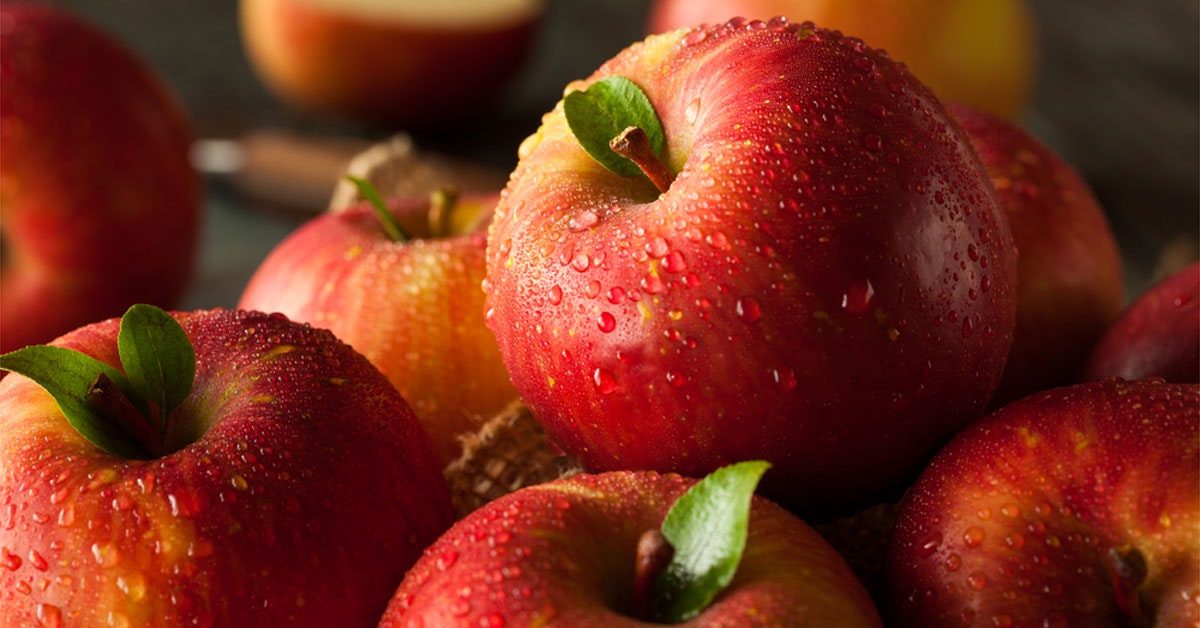
The 10 Best Apples for Juicing
It is estimated that there are more than 7,500 types of apples that have been grown around the globe, as reported by the World Apple and Pear Association. In contrast, only a handful of these apples are typically accessible in supermarkets. Each variety may possess a distinct set of characteristics, such as color, texture, flavor, and ripening period. In this article, we'll tell you about the most popular apple varieties for juicing, and what makes them special. The 10 Best Apples for Juicing Apples are great for juicing, and the variety of flavors allows you to create unlimited combinations to tantalize the taste buds. 1. Honeycrisp Honeycrisp apples are tart and delicious, making them a great choice for juicing. Despite their high-end price tag, they are in high demand due to their super-crunchy flesh and sweet juiciness. Growing Honeycrisp apples is difficult and time-consuming, as they require high maintenance and only half of the produce makes it to consumers, resulting in difficulty to keep up with demand. 2. Granny Smith The Granny Smith apple is gaining popularity among health-conscious people due to its low-calorie content. It has a sharp, tart taste that gives it a longer shelf life and helps it resist browning quickly. Additionally, it has a lower sugar content than most apples, making it a healthier option. While the sourness can make it unpleasant to eat raw, it adds a unique flavor to green juices when combined with vegetables such as kale and spinach. (See our Spinach-Apple Green Juice recipe.) 3. Gala Gala apples are a cost-effective variety of apples with a delicate sweetness that is milder than red delicious. They have a colorful appearance, usually with red stripes, and white or yellowish fruit skin. They are smaller than other popular apples, and when juicing, you will need to use more than two apples per glass of juice. They are best bought from local farmers and are harvested early in the season. 4. Pink Lady Pink Lady apples have a high sugar and tartness content, as well as bright white flesh, that give them a refreshing flavor. Pink Lady apples also have a longer shelf life than other varieties, making them available all year round. 5. Jonathan Jonathan apples are a popular choice for juicing due to their balanced sweet and tart flavor, and their slight spiciness, which makes them the perfect choice for cider. They have a fine texture, exceptional juiciness, and thin skin which doesn't require peeling before juicing. They are known to produce a refreshing and flavorful juice, while their firm flesh ensures they hold up well during the juicing process.
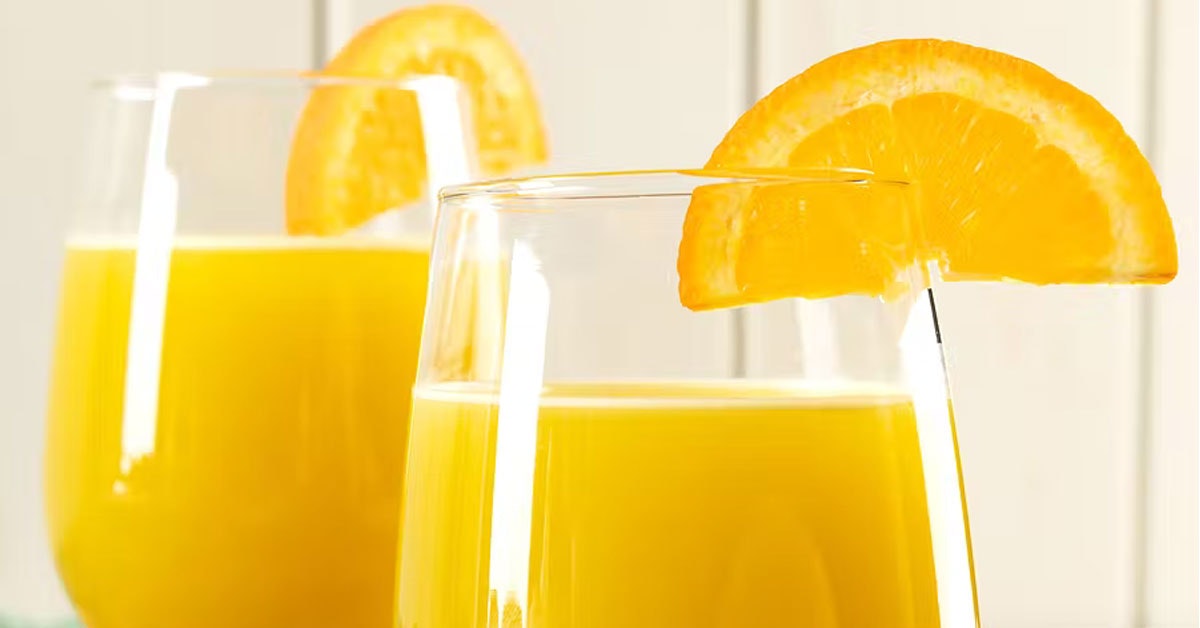
The 10 Best Oranges for Juicing
When it comes to juicing, there are a variety of fruits to choose from. One of the most popular and delicious choices is oranges, and there are many types of oranges that are perfect for juicing.
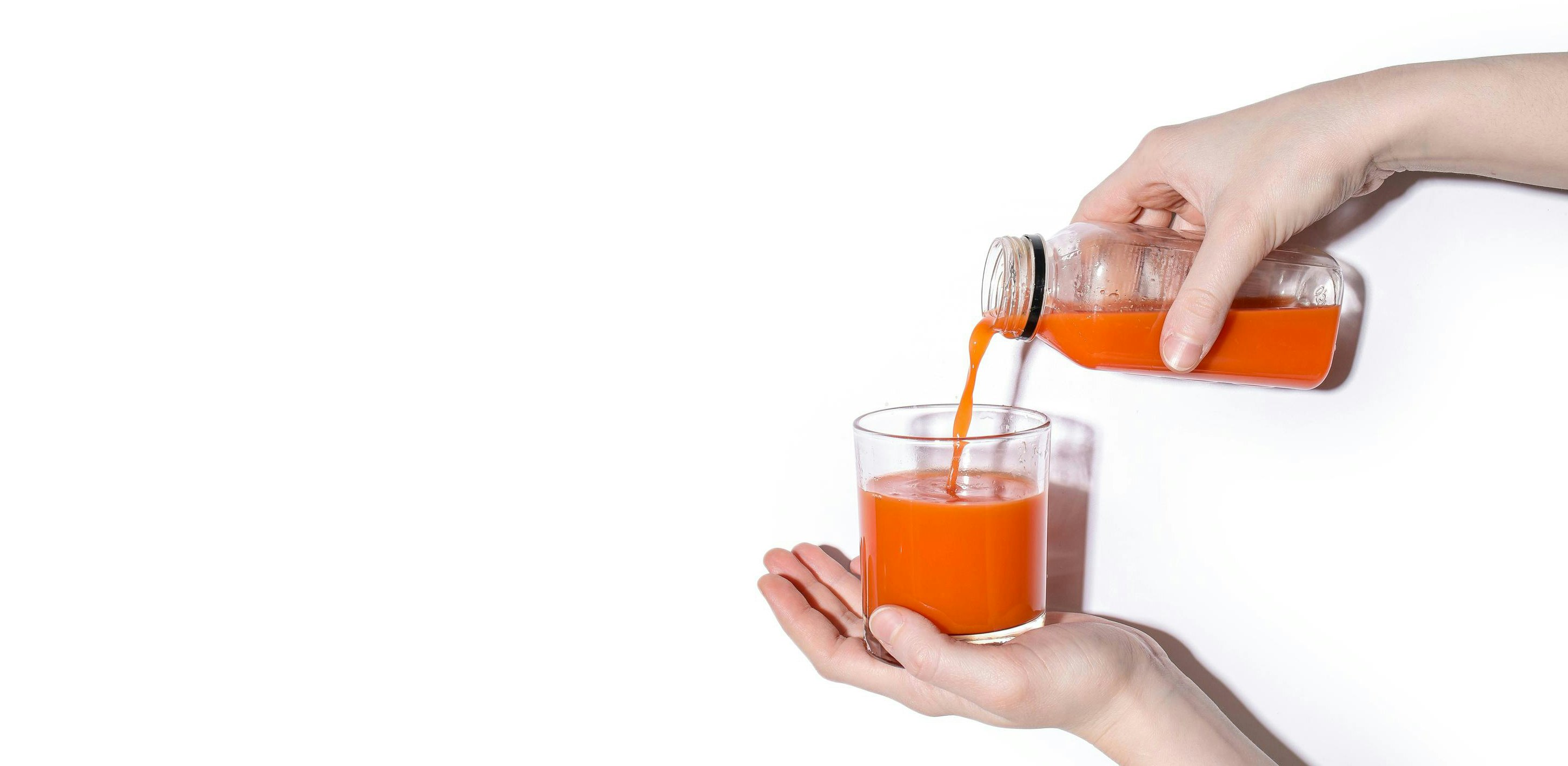
Which Juice is Good for Diabetes? 7 Store Bought Options
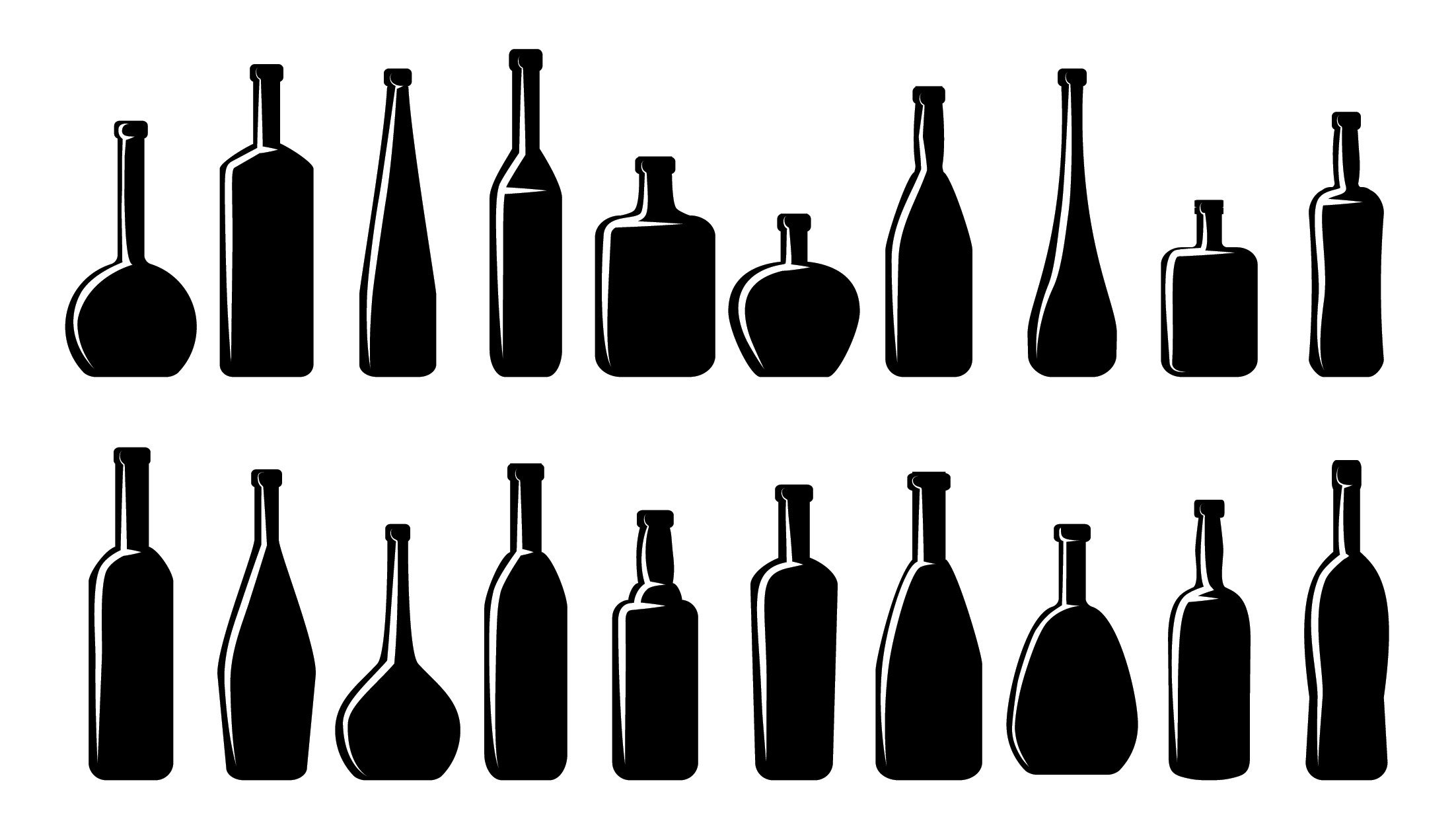
How Are Glass Bottles & Jars Made?
Glass bottles and jars are made through a manufacturing process that involves several steps of glassblowing or glass forming. Traditionally done manually by skilled artisans, mass manufacturing uses automated machinery in industrial settings. Here we’ll delve into the methods used to make glass bottles and jars. Raw Materials Glass manufacturing is an eco-friendly process using natural raw materials like sand (silica), soda ash (sodium carbonate), and limestone (calcium carbonate). For each batch of glass bottles or jars, these materials are mixed in precise proportions. Other additives like alumina, magnesia, and various metal oxides may be added to the mixture to give the glass certain properties such as color or strength. The Process First things first – here are two terms of the trade you’ll come across in the steps that follow: A gob refers to a cylinder of melted glass, you can think of it as a blob of glass. A shearing blade cuts off and shapes accurate sizes of molten glass into gobs once it reaches the correct temperature. A parison is a partially formed gob or piece of molten glass made at the halfway point of the process that forms a gob into a finished glass jar or bottle. Step 1: Melting The batch of glass is fed into a furnace where it is heated to very high temperatures, typically from 2732 °F to 2912 °F (1500 °C to 1600 °C). This extreme heat melts the raw materials to create molten glass. Step 2: Forming Once in a molten state, the glass can be formed into bottles or jars using one of two main techniques for automatic glass jar manufacturing. Press-and-Blow Process: This process starts with a mold and plunger that are used to shape a part of the body and the neck of the container. A gob is dropped into a blank mold where a plunger presses a dent into the gob. This creates the parison, which is then flipped over and placed into the blow mold. Next, compressed air is forced into the blow mold to get the glass into the final shape. This manufacturing method is typically used for making wide-mouthed glass jars and bottles. Blow-and-Blow Process: This technique is preferred for making narrow neck glass bottles. In involves a glassblower or machine that gathers a gob of molten glass on the end of a blowpipe. The glass is then blown into a mold of the desired shape. A separate blow action is used to create the neck of the bottle. Step 3: Annealing After completing the forming or shaping process, the glass container is placed in an annealing oven where it is gradually cooled. This controlled cooling process helps with relieving internal stresses within the glass, ensuring a strong finished product that is resistant to breakage. Step 4: Cutting and Finishing Once the glass containers are removed from the molds, they may undergo additional processes like trimming and finishing. This is to achieve the desired size, shape, and smoothness, typically used to refine the opening and the neck of the container. If the glass is to be tempered, this is where that happens. Step 5: Tempering Tempered glass is significantly stronger and more resistant to breakage than regular glass. Here's how it's done: The glass bottles are placed into the chamber of a tempering oven. The temperature used for tempering is typically around 1112 °F to 1292 °F (600 °C to 700 °C), which heats them to close to the softening point of the glass. Once the glass reaches the correct temperature, jets of high-pressure cool air are used to cool them down. This rapid cooling process is known as quenching, responsible for giving tempered glass its unique properties. As the glass cools down, the outer surfaces contract and solidify faster than the inner core, creating compressive stresses on the surface. This compression makes tempered glass stronger. The inner core remains in a state of tension, counterbalancing the compressive surface stress. This tension increases the glass's resistance to thermal stress and impact. Step 6: Decorating Various methods can be used to decorate glass bottles and jars. Techniques used include silk-screen printing, embossing, frosting, and labeling. This is the step that adds branding, product information, and aesthetic appeal to the containers. Step 7: Quality Control Quality control measures are taken throughout the manufacturing of glass bottles and containers to ensure that the bottles and jars meet industry standards and customer specifications. However, the final quality control inspections serve to check for imperfections like cracks or bubbles, and other surface defects or residual stresses. Step 8: Packaging Once the glass bottles or jars have passed quality control checks, they’re ready to be packaged and prepared for distribution to various industries. To conclude – glass bottle and jar manufacturing is an intricate and precise process that requires both craftsmanship and technology. The result is a durable, versatile and eco-friendly packaging option with an ability to preserve the contents without affecting taste or quality. The tempered glass option for bottles is commonly used in applications where durability and safety are paramount, such as in the food and beverage industry. When it comes to bottling juices, for example, tempered glass bottles are the preferred choice because they are significantly more impact and break resistant.
